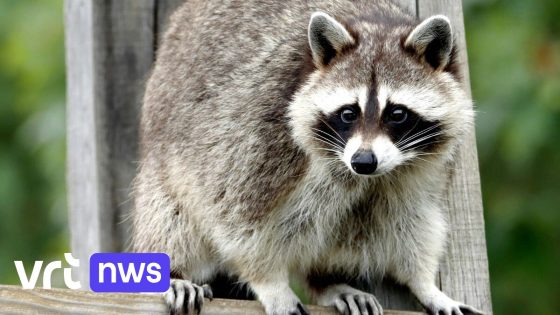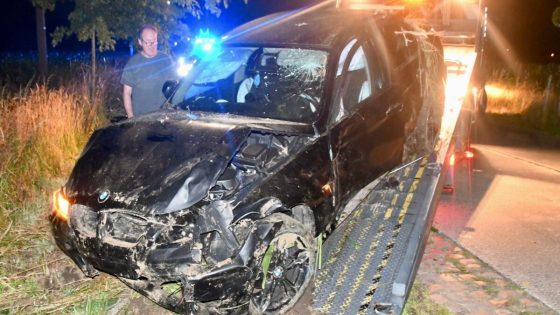Wasberen have been spotted recently in Haacht, stirring curiosity and concern among local residents. Images shared on a neighbourhood platform show these raccoon-like creatures roaming the area, marking yet another sighting in our Belgian region. On 2025-07-08 13:43:00, the News of these appearances began circulating widely, prompting questions about their origin and impact.
- Buurtbewoners spotten wasberen in Haacht
- Wasberen verschijnen op buurtplatformbeelden
- Wasberen komen regelmatig voor in regio
- Agentschap Natuur en Bos verklaart herkomst
- Wasberen bedreigen inheemse diersoorten ernstig
- Experts waarschuwen ondanks wasberen schattigheid
Jeroen Denaeghel from the Agentschap Natuur en Bos explains how these wasberen arrive here and why, despite their cute appearance, they pose a threat to native wildlife. Could these animals disrupt local ecosystems? What makes their presence potentially harmful to Belgium’s natural balance?
Understanding the implications of wasberen sightings is essential for residents and authorities alike, as it guides how we respond to this unexpected issue.
Why are wasberen appearing in Belgium, and what should communities know about them? These animals often escape or are released from captivity, adapting quickly to new environments. Their impact includes:
- Preying on native species, disrupting local biodiversity
- Damaging habitats and agricultural areas
- Potentially spreading diseases
- Challenging control efforts due to their adaptability
As sightings continue, it is crucial for Belgian communities to stay informed and report any wasberen encounters. Will we be able to protect our native species effectively? Collective vigilance and cooperation with nature agencies will be key to managing this emerging challenge.

































